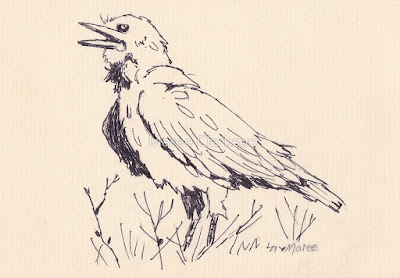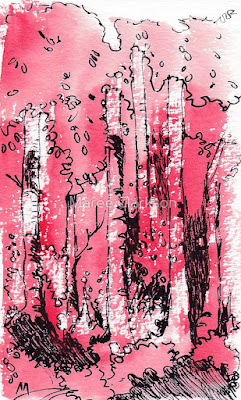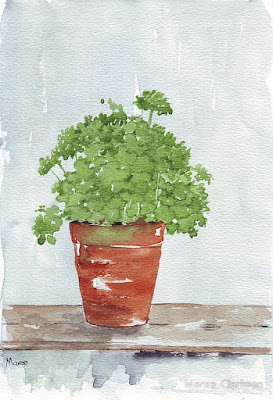W&N watercolour on Bockingford 300gsm
Grey-headed Gull (Larus cirrocephalus)
Grey-headed Gull (Larus cirrocephalus)
The Port of Durban, commonly called Durban Harbour, is the largest and busiest shipping terminal in sub-Saharan Africa. It handles up to 31.4 million tons of cargo each year and is the fourth largest container terminal in the Southern Hemisphere.
When visiting my daughter in Ballito on the North Coast, I always make a special trip to Durban just to go and see the Seagulls. For some unknown reason, there are no seagulls in the Ballito area.
The closest two breeding colonies of the Grey-headed gull to Durban are the large nesting concentrations at Lake St Lucia up the North Coast and in Gauteng Province (believe it or not!). The total southern African population of this species has been estimated at about 2000 pairs. Durban Bay, where up to 920 individuals were counted during one study, therefore seasonally supports a highly significant proportion of the total southern African population during the non-breeding season.





























